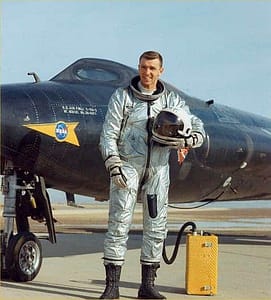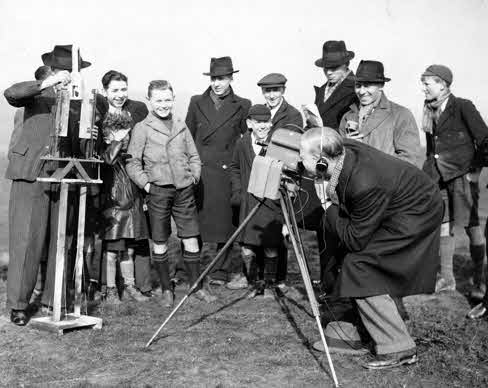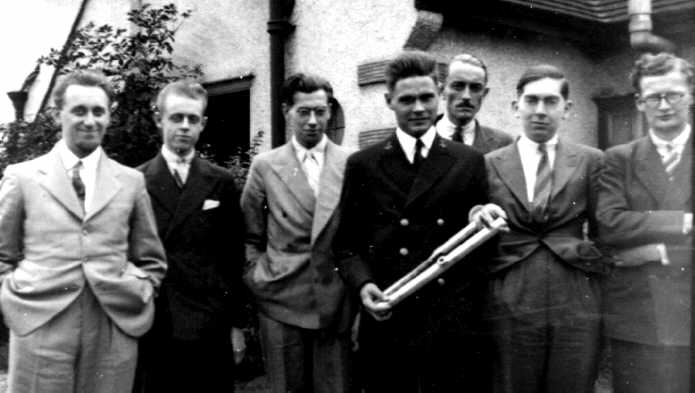November 21st 2013 marks 50 years of the Indian space program. From humble beginnings devoid of infrastructure, experience or trained engineers, India today has an established track record of designing, building and launching satellites for its own national needs and commercially for others.
The next few podcast offer a glimpse of the people and achievements of this half a century old story .. so far.
Episode 62: An interview with Amrita Shah from the Indian Institute of Science in Bangalore. Author of the most comprehensive biography on Vikram Sarabhai (Vikram Sarabhai : A Life). Book review of this fascinating book here.
Episode 63: Rakesh Sharma – India’s only spaceman. A video interview recorded in August 2013 where Rakesh Sharma talks about his spaceflight, its aftermath and his views on human spaceflight. Two minute trailer below.
Episode 64 – Bangalore Astronomical Society. Probably the most productive amateur astronomical society in India with a huge presence online and thus an international footprint.
Episode 65 – Professor UR Rao. A look back at the contribution of former ISRO chairman who was originally recruited in to the Indian Space program by Vikram Sarabhai. Whilst working at NASA in the early 1960s, a cosmic ray scientist Rao worked on several Pioneer and Explore spacecraft. Rao was in Dallas waiting to meet Kennedy on that fateful day…
Episode 66 – Interview with director at the Vikram Sarabhai Space Centre originally known as Thumba Equatorial Rocket Launch Station. TERLS was the site of India’s first rocket launch in to space on 21st November 1963.
Rakesh Sharma two minute trailer



